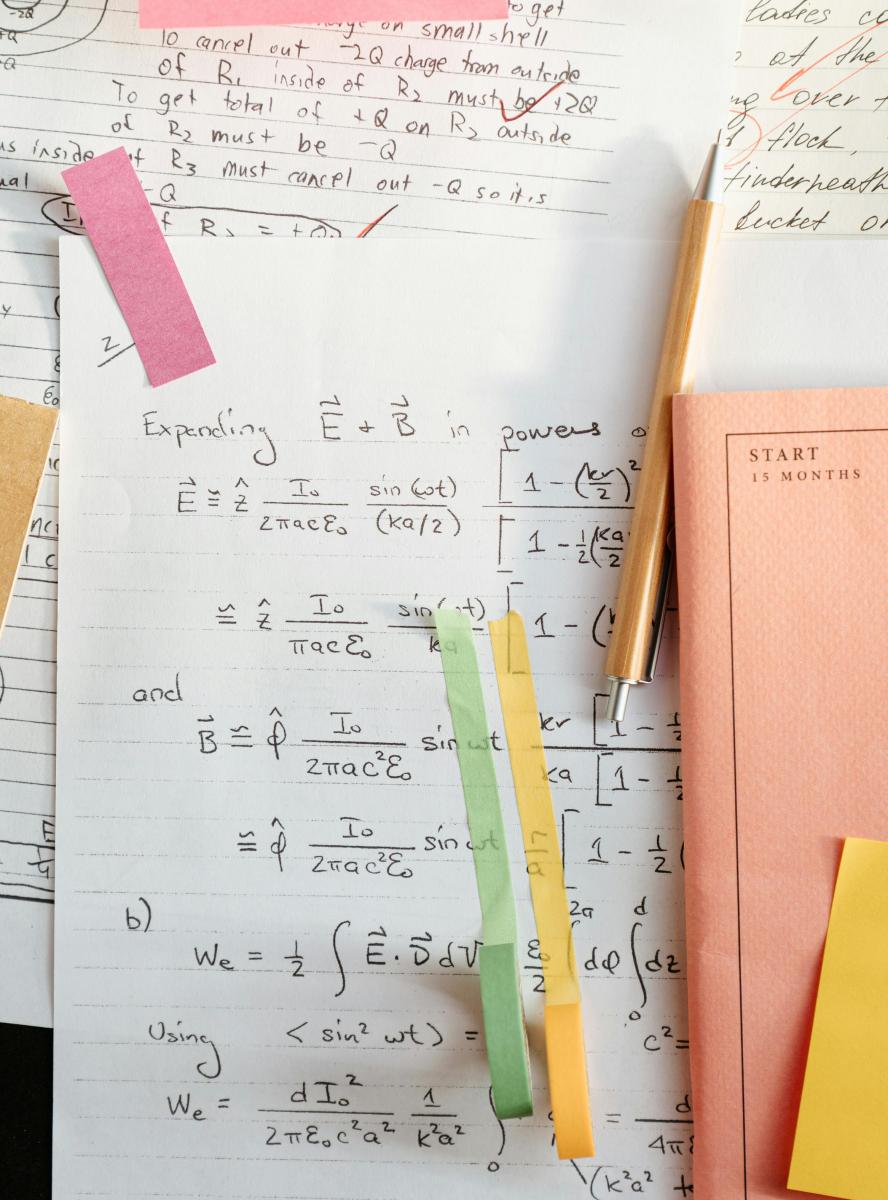
The international and independent jury, appointed by the King Baudouin Foundation, has selected the pioneering work on the False Discovery Rate (FDR) as the recipient of the prestigious biennial Rousseeuw Prize for Statistics 2024. This million-dollar prize honours exceptional statistical research that influences profoundly society. The inaugural prize in 2022 celebrated advancements in causal inference. This year’s award focuses on the False Discovery Rate (FDR) and Methods to Control It. The 1995 paper by Benjamini and Hochberg introduced FDR, providing a framework for further expansion and publications. The laureates of the prize are Yoav Benjamini, Daniel Yekutieli, and Ruth Heller from Tel Aviv University. Yosef Hochberg also deserves much recognition, but unfortunately, he is no longer with us. Their research has led to a method to limit the number of false discoveries without stifling the potential for true discoveries.
The acclaimed work is a method that assists scientists in discovering genuine findings while maintaining a low number of false discoveries. Have you ever read about a promising scientific discovery, only to never hear about it again? This is often because subsequent experiments by other researchers failed to replicate the effect. This is known as the replication crisis in science. A major cause is that the original researchers claimed discoveries based on examining a large number of results. For instance, when searching for a genetic marker, that is, a gene associated with a disease, a laboratory may examine over 20,000 genes. But then there is a real danger that an apparently promising discovery is not real, but merely due to chance. Thus, a method was needed to reduce the number of these false discoveries.
When you look at many potential results, you have a higher chance of false discoveries. An initial approach was to be stricter for each individual gene, but then very few discoveries were made. Scientists were often faced with two unpleasant choices: either report no discoveries at all or publish scientific claims that are on shaky ground.
In search of a solution, Benjamini and Hochberg realised that the ratio of false discoveries to the total number of discoveries could be used as a criterion. If a study finds 60 results and among them, there are 3 false discoveries, then that is not so bad because the ratio is only 5%. But reporting 60 results of which 40 are merely false is not acceptable. In 1995, Benjamini and Hochberg published a mathematical formulation of the False Discovery Rate (FDR) criterion, as the expected ratio of false discoveries to the total number of discoveries. They proposed maximising the number of discoveries provided that the FDR remains below a certain threshold value. At first glance, this seems impossible because we do not know beforehand how many false discoveries there are, but they found a way to do it. In the Benjamini-Hochberg (BH) procedure, the threshold for a discovery automatically adjusts to the information in the data. It depends on the data itself whether the final threshold turns out to be rather high or low. The paper by Benjamini and Hochberg faced much resistance because it differed so greatly from previous methods, resulting in five years passing and three journals being approached before it finally appeared in 1995. To date, the paper by Benjamini and Hochberg has been cited over 100,000 times, a record number.
The work surrounding the False Discovery Rate (FDR) was continued by Benjamini along with the other laureates, Yekutieli and Heller. Together, they achieved theoretical results regarding the behaviour of the BH (Benjamini-Hochberg) procedure, applied the FDR criterion to new challenges such as image analysis, and proposed new techniques for assessing the reproducibility of scientific results.
At the start of the 21st century, scientific research underwent an industrial revolution. Experiments in genomics, proteomics, and brain research are now conducted with machines that produce a large amount of output. This output is then automatically processed, leading to many potential discoveries. With powerful computers and large databases now available, FDR is increasingly being used in other fields of science such as agriculture, astronomy, behavioural sciences, and economics. The FDR procedure has found broad application, and the importance of FDR research is growing along with the complexity of the scientific questions posed.
The FDR procedure is highly relevant in various branches of statistics and other fields of science, and many statisticians worldwide are conducting research into it. The three laureates have continued this work, both together and separately, as well as with others, to help the scientific community extract reliable information from complex data. More information about this prize is available on the website www.rousseeuwprize.org.